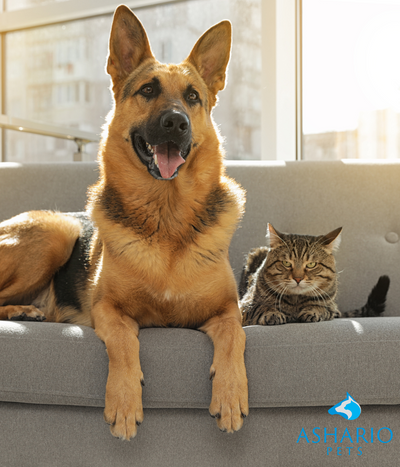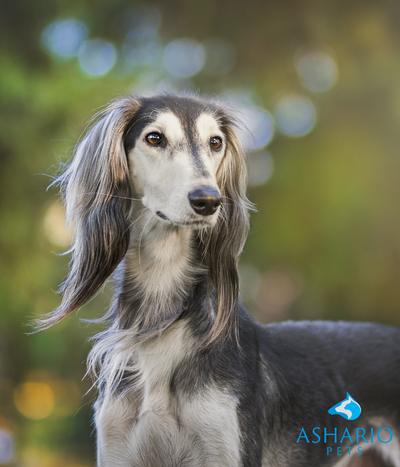Best Grain-Free Dog Food for Sensitive Pets
When it comes to choosing the best food for your dog, especially for those with sensitive stomachs, grain-free options are becoming increasingly popular. Grain-free dog foods are formulated without common grains such as wheat, corn, and soy, which can cause allergies or digestive issues in some pets. In this blog post, we will explore the benefits of grain-free dog food and provide tips on how to choose the best option for your furry friend.
One of the primary reasons pet owners opt for grain-free dog food is to alleviate food sensitivities. Many dogs, like humans, can have adverse reactions to certain ingredients. Grain-free formulas often utilize alternative carbohydrates such as sweet potatoes, peas, and lentils, which are less likely to cause reactions. These ingredients also provide essential nutrients and energy to keep your pet active and healthy.
Another significant advantage of grain-free diets is that they can promote healthier skin and a shinier coat. Grain can sometimes lead to skin irritations, while grain-free diets often include omega fatty acids from sources like fish and flaxseed. These fatty acids are crucial for maintaining skin health and can help reduce inflammation and itching.
When selecting a grain-free dog food, it's essential to look for high-quality protein sources. Proteins should come from named meat sources such as chicken, beef, or fish rather than vague terms like "meat meal." This ensures that your dog is receiving the necessary amino acids to support muscle development and overall health.
In addition to protein, consider the overall ingredient list. Look for foods that contain whole foods and avoid those with unnecessary fillers, artificial colors, and preservatives. Grain-free options should still be balanced and include fruits and vegetables that provide vitamins and minerals essential for your dog's well-being.
It's also wise to consult with your veterinarian before making significant changes to your dog’s diet, especially if your pet has specific health concerns. Your vet can help you identify the best grain-free food that meets your pet's unique needs and guide you on transitioning to a new diet.
Transitioning to a new food can take time, so gradually incorporate the new grain-free dog food into your pet’s diet. Start by mixing small amounts with their current food and slowly increase the ratio of the new food over a week or two. This gradual transition can help prevent digestive upset.
In conclusion, grain-free dog food can be an excellent option for pets with sensitivities. By providing high-quality ingredients and avoiding common allergens, these diets can promote better health and vitality for your furry friend. Remember to prioritize protein sources and consult your veterinarian for tailored advice.
Stay connected with Ashario Pets through our website at https://ashariopets.ca/. For the latest updates, promotions, and adorable glimpses into the lives of our furry friends, follow us on Instagram and TikTok @ashariopets. Questions or inquiries? Reach out to us at 647-564-4433 or drop us an email at mailto:info@ashariopets.ca.
Contact Information:
- Address: 1111A Finch Ave West, Unit 2
- Phone: 647-564-4433
- Website: https://ashariopets.ca/
- Email: mailto:info@ashariopets.ca
- Instagram: @ashariopets
- Tiktok: @ashariopets




